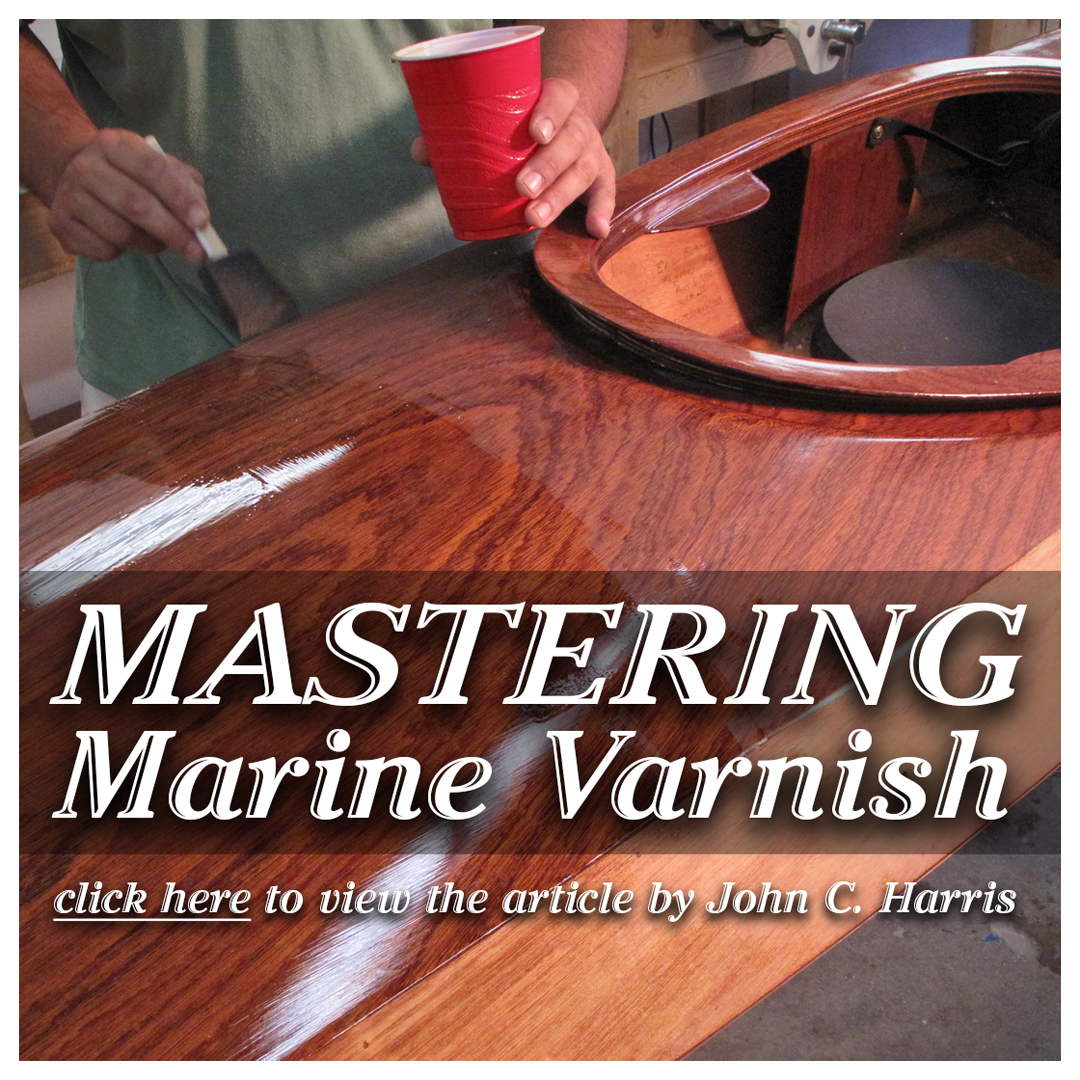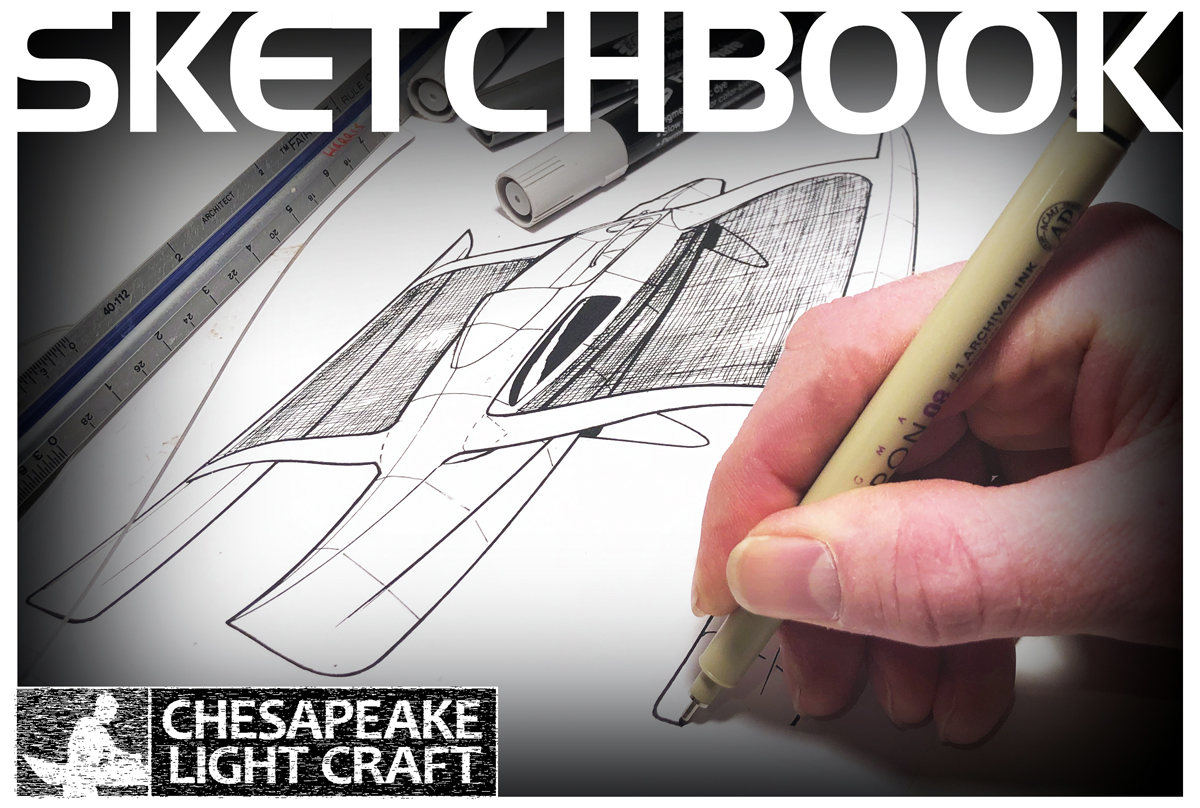Builders' Forum |
|
| ↓ Scroll to Last Comment ↓ | Forum Guidelines | Builders' Forum | |
Hello all! First time builder here. Last night I was working on filleting and fiberglassing the cockpit of my Chesapeake Double. We ended up with some bubbles in the large fiberglass sheet that covers the entire bottom of the cockpit as well as bad contact to the glass tape that went over the wood flour fillets. There is great contact between the tape and the fillet but when we started laying out and epoxying the large sheet of glass, the glass got pulled out of those corners, creating a space between the glass tape and the large glass sheet. As mentioned earlier, there are also some bubbles along the walls of the cockpit where we couldn't quite get the glass to lay smoothly. Anybody think this is going to be a problem? If so, thoughts on how we can go about correcting? I saw earlier someone talked about taking a dremel to the bubbles and then re-filling the void that is left. Aesthetics-wise, we're okay with the bubbles - the deck will cover most of it. Thanks!!
3 replies:
RE: Cockpit fiberglass bubbles
In my experience this is a very comon problem. Sometimes even after going back and checking a few times a bubble appears late. If the bubble is over an area already reinforced with seam tape, just cut it out and sand smooth, then fill coat. If you are worried about structural strength, cut out, feather the edge, lay a small piece of new glass over the area and wet out. When cured but not hard it is easy to sand it smooth. Then fill the weave. This will disappear when done.
Ed
RE: Cockpit fiberglass bubbles
I had bubbles show up along the skids and doubler on the bottom of my Peeler Skiff. I drilled and filled with a syringe. I drilled a hole to inject and another as a vent. I also colored the epoxy with wood flour so I could see if it was filling properly.













RE: Cockpit fiberglass bubbles
» Submitted by Falkalem - Mon, 12/14/15 » 10:43 AM
In addition to what I wrote above - another possibility might be to drill a small hole through the glass into the hole and then fill the hole with epoxy using a syringe